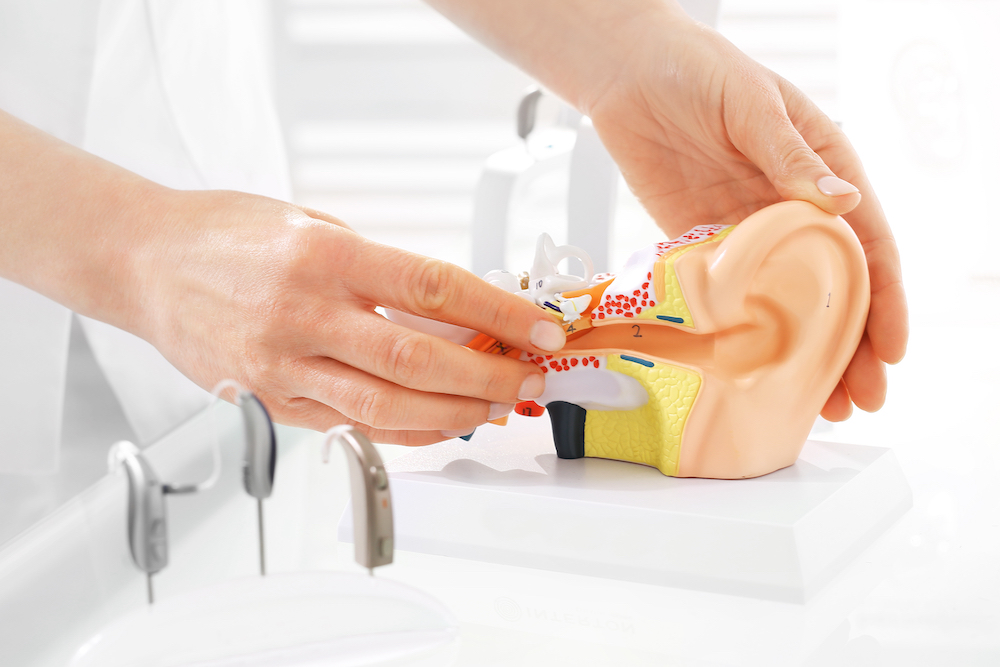Why Is There No Cure for Tinnitus?
Tinnitus is ringing or buzzing in the ears. Many people who experience

By: admin | November 26, 2016
Noise-induced hearing loss is a serious condition that affects millions of people around the globe. According to a report from the Centers for Disease Control and Prevention (CDC), there are over 10 million people who suffer from noise-induced hearing damage. Out of the thousands of people who develop hearing loss, 23,000 occupational hearing impairment cases were reported in 2007 alone. Moreover, every year, nearly 22 million workers are exposed to environments and noises that are loud enough to cause permanent hearing loss which is why employers must take necessary protective measures to prevent hearing loss that occurs at the workplaces.
Anyone can develop hearing loss when the victim fails to protect his or her ears from loud noises and other harmful environments. However, those who work in certain industries and positions may be more prone to suffer from hearing loss because of the nature of their work.
For example, people who work in manufacturing, construction and other loud environments are at a higher risk of developing hearing loss in comparison to people working in a quiet offices. Examples of jobs that have an extremely high risk of inducing hearing loss include:
A majority of countries have governmental regulations that make employers responsible for creating work environments that are safe and comfortable for employees. This includes taking necessary measures to protect the hearing of individuals. Specific safety measures that should be taken in noisy work environments include:
Even if the work environment does not have dangerously loud noise levels, employers can still take measures to promote hearing safety and health at the workplace. For example, many offices and white collar jobs have employees listening to music at high decibel levels during most of the day. Employers can raise awareness about hearing loss in the workplace by dedicating time to safety training or providing information on safe listening practices.
When it comes to hearing loss, both employees and employers are responsible for preventing the terrible problem. Employers must help prevent noise-induced hearing loss from occurring at work by giving employees the right protective gear and creating work environments that promote auditory health. In addition, employees should also make their hearing a priority by protecting their ears from loud noises and practicing smart hearing behaviors in and outside of the workplace.

Tinnitus is ringing or buzzing in the ears. Many people who experience
By: admin | May 18, 2022

Most people think that hearing loss is something you might naturally
By: admin | April 20, 2022

Hearing loss is a natural part of aging. However, many people will start
By: admin | March 7, 2022
